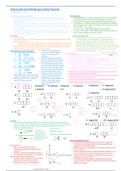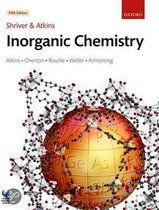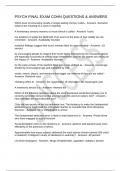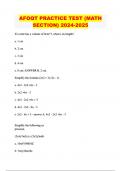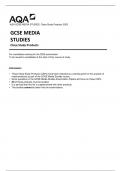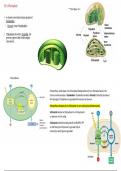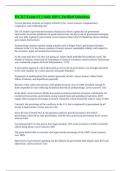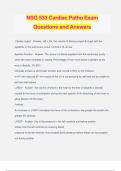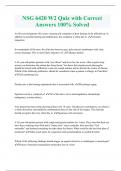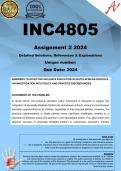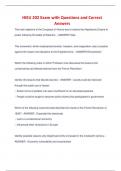Samenvatting
Summary Valence Bond and Molecular Orbital Theories
- Vak
- Instelling
- Boek
I got a 1st in my first year studying chemistry at the University of Birmingham using these revision notes that I have uploaded. They include detail on orbital hybridisation, isolobality, Molecular Orbital (MO) Theory, the LCAO approach, bond order, types of non-bonding and bonding atomic orbital o...
[Meer zien]
